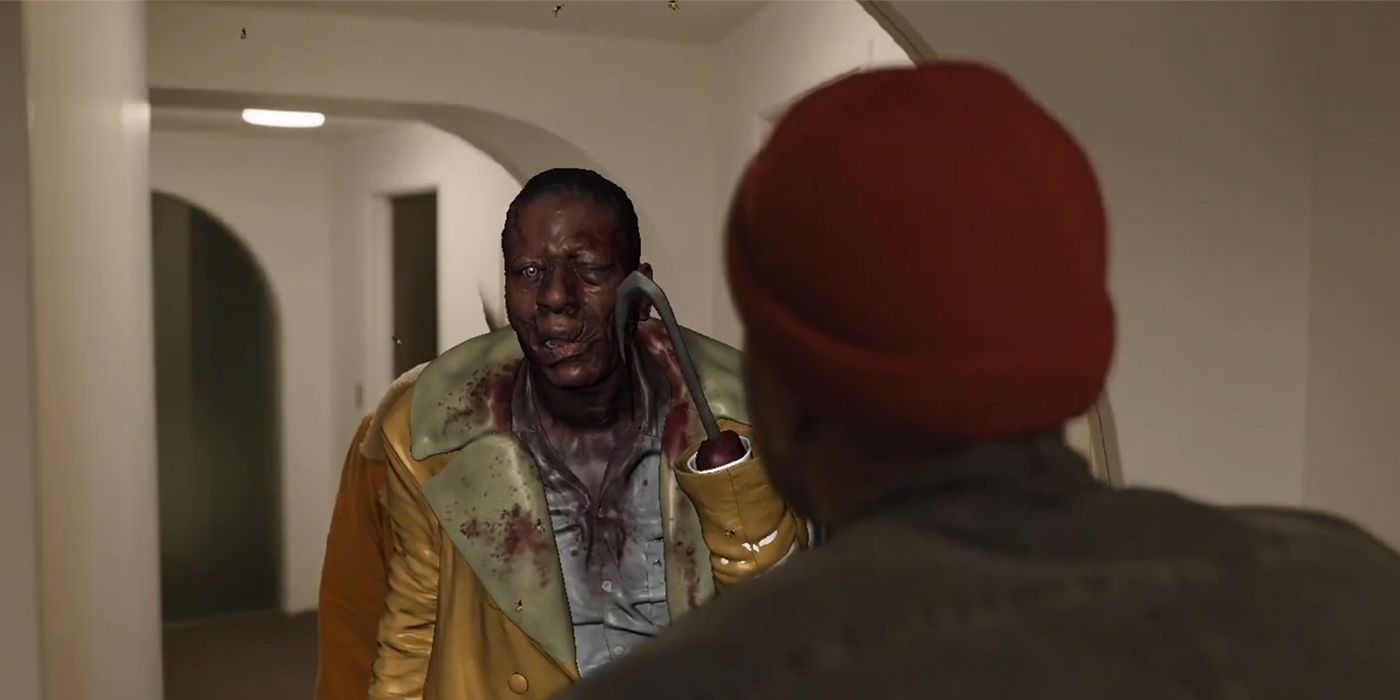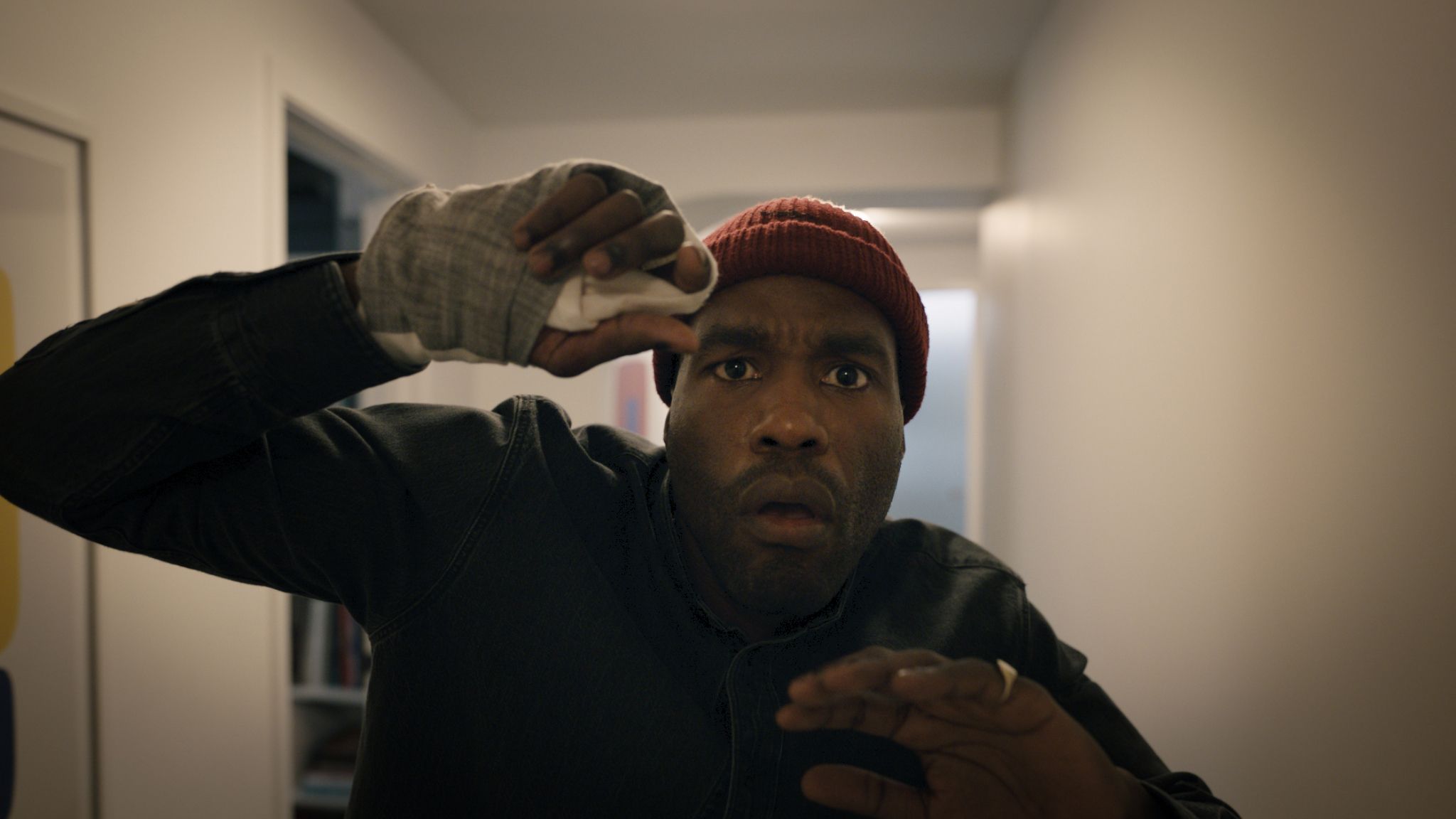In celebration of Nia DaCosta's Candyman being nominated for one of the top prizes of the Visual Effects Society (VES) annual awards, Collider is excited to premiere a new featurette breaking down the digital effects work behind the spiritual horror sequel. Produced by Jordan Peele, the latest Candyman installment was highly praised for its looks, which pay homage to Bernard Rose’s original 1992 film while also creating a unique identity.
In the new featurette, Luma Pictures goes through creating a new version of the iconic Candyman with 3D modeling. According to Luma Pictures’ VES-nominated VFX supervisor, Andrew Zink, Candyman was initially an actor wearing prosthetics. However, “the filmmakers decided the prosthetic wasn’t real or visceral enough” in post-production, leading Luma Pictures in a race against the clock to create a full-digital version of the character. As the featurette shows, that means creating a 3D model, animating it, and making sure it has the right textures and colors to look natural in the eyes of horror fans. As Zink explains the process:
“It was a hard and fast pivot for us. This was challenging because we didn’t receive any references of his head or face. And since Sherman [a.k.a. the Candyman] was never meant to be a full digital double, there was of course no motion capture or facial performance footage available. We had to quickly develop a complex facial-animation rig that would breathe life and nuance into his facial performance. We also researched crime scene photography, blunt force trauma wounds, and medical references in order to craft his asset with a high level of detail and ensure he would hold up to multiple close-ups.”
As Zink tells, some scenes of the Candyman were easier to recreate than others. For example, it was hard to get the digital double to perform protagonist Anthony McCoy's (Yahya Abdul-Mateen II) movements in the hallway scene. During this scene, Anthony sees Candyman inside mirrors, as the apparition takes the place of his own reflection. In Zink's words:
“Another challenge was the hallway scene where Sherman mimics Anthony’s reflection. The actors had been filmed together, working with a choreographer to match each other’s movements through a fake mirror. However, the plate of the performance didn't provide us with all the information we’d need to inform our match-move criteria. So our animation department, led by Raphael Pimentel, stepped in to fill in the gaps, such as hands, arms, legs, and the facial performance, which had all been obstructed by Anthony.”
When asked to comment on the recent VES Awards nomination, Zink also said:
“The VES nomination means so much to us. Most horror films don’t have the same budget as tentpole blockbusters, so we were especially proud of what we were able to pull off. It was a true collaboration with the other vendors and with James McQuaide, who Luma Pictures has worked with many times before. We poured a lot into this, and we’re grateful to have that work recognized by the guild.”
Candyman is nominated for Outstanding Supporting Visual Effects In a Photoreal Feature for 2022’s VES Awards, one of the two main categories of the event, alongside Nightmare Alley, The Last Duel, Last Night in Soho, and The Tragedy of Macbeth. Winners will be announced at the 20th Annual VES Awards presentation on March 8. Check out the exclusive VFX breakdown at the top of the article.


